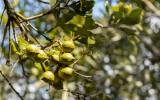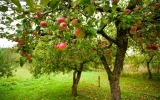11 Interesting Facts About Macadamia Trees
You've probably enjoyed macadamia nuts in cookies or perhaps savored them roasted and salted, but there's so much more to discover about the trees that bear these sought-after snacks. In this article, we'll present to you 11 fascinating facts about macadamia trees that will pique your interest and deepen your appreciation for these remarkable plants.
Macadamia trees hail from Australia, but you can also find these sturdy trees thriving in places like Florida. They are capable of living for a century while continually producing nuts. But before you can enjoy fresh macadamia nuts, you've got to wait 7–10 years for the trees to start producing.
Macadamia is also often dubbed the "queen of nuts" due to its rich, buttery flavor, and it wears its crown with a price tag to match, reflecting the labor-intensive process required to harvest it. As you read further, you'll learn more interesting facts about this nut tree, each fact adding a layer of appreciation for the humble macadamia nut.
Knowing these facts about these trees can help you understand macadamia nuts better before you dive into starting your macadamia farm from scratch.
Summary
- There are two primary species of macadamia trees commercially grown for their edible seeds: i (which has smooth-shelled nuts) and Macadamia tetraphylla (which features rough-shelled nuts).
- The genus Macadamia was named in honor of John Macadam, a Scottish-born chemist, medical teacher, and politician who made his mark in Australia.
- Macadamia nuts are a powerhouse of nutrients, especially as they are predominantly composed of monounsaturated fats, which are celebrated for their heart-healthy attributes.
- Macadamia nut shells are one of the hardest to crack, but once opened, they reveal the creamy, rich kernel that is enjoyed worldwide.
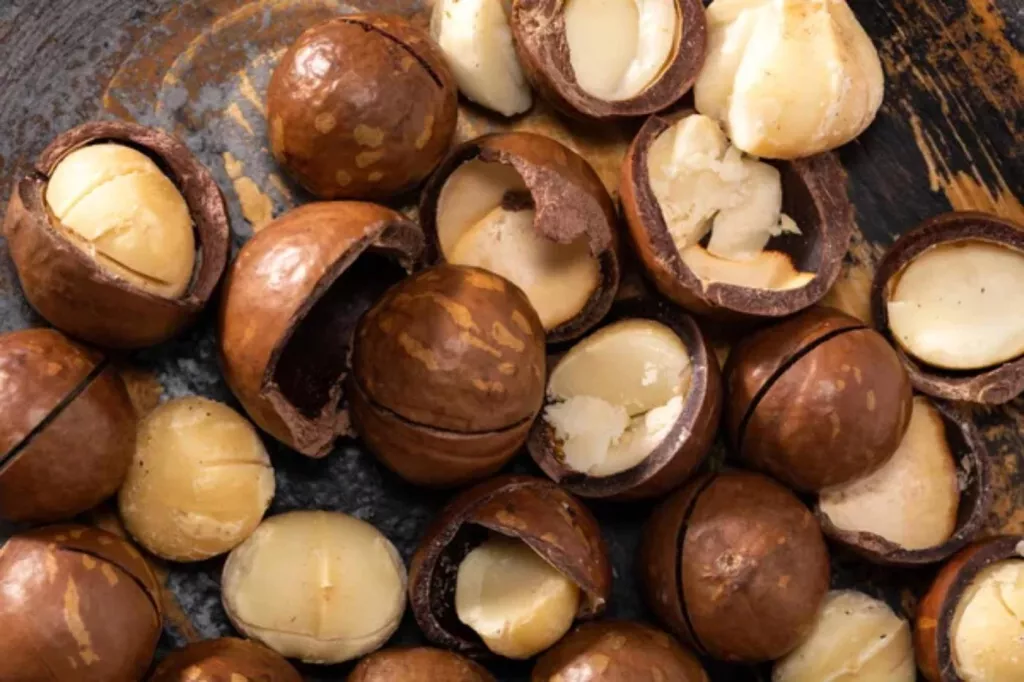
On this page:
Interesting Facts About Macadamia Trees
1. Macadamia trees originated in Australia
Macadamia trees, scientifically known as Macadamia integrifolia and Macadamia tetraphylla, indeed originated in Australia. They are native to the rainforests of eastern Australia, particularly in the state of Queensland.
While Australia remains the primary source of macadamia trees, they have been successfully cultivated in various other regions around the world. For example, macadamia trees have been introduced to regions with similar climates, such as Hawaii, California, and Florida.
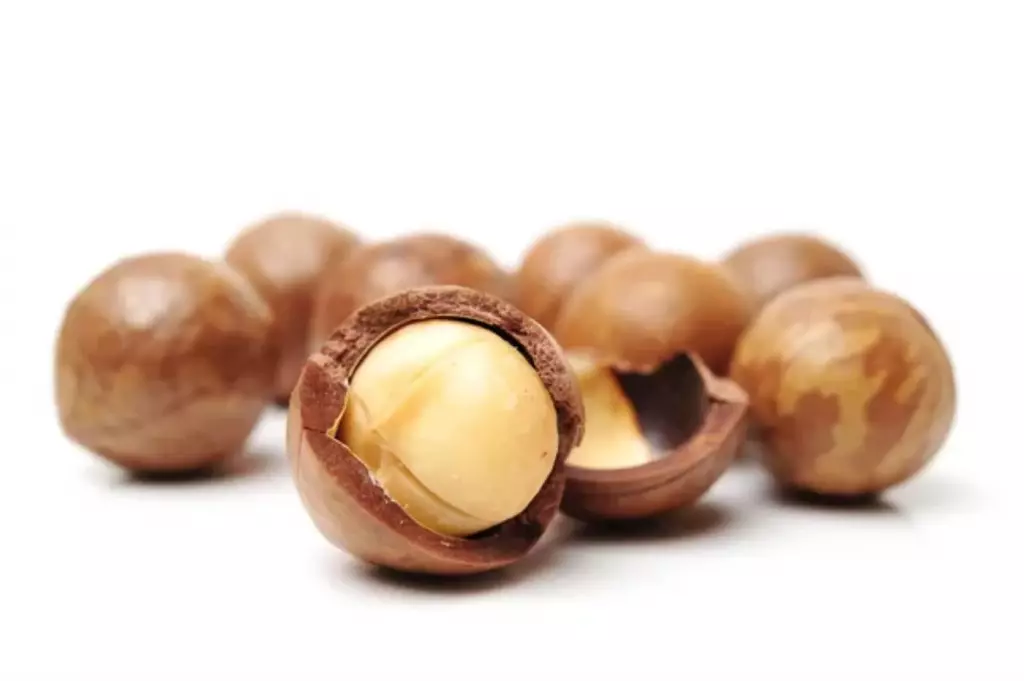
In these areas, the trees have adapted well and have become an important crop, contributing to the global macadamia nut supply.
The versatility and adaptability of macadamia trees have allowed them to thrive in different environments, beyond their native habitat. This has led to the expansion of macadamia nut production, providing economic opportunities for growers in various parts of the world.
2. Macadamia trees can live for a century
Macadamia nut trees are known for their longevity, with the potential to live for a century under favorable conditions. The longevity of macadamia nut trees can be attributed to several factors:
Firstly, these trees are well-adapted to their natural habitat, where they benefit from a consistent, subtropical climate with abundant rainfall and rich, well-drained soils. In such environments, macadamia nut trees can thrive and continue to grow and produce nuts for many decades.
Additionally, macadamia nut trees are known for their relatively slow growth rate, which contributes to their longevity. Unlike some fast-growing tree species, macadamia nut trees take their time to mature and establish strong, resilient root systems and sturdy trunks.
This slow and steady growth pattern may also contribute to their ability to withstand environmental stressors and live for extended periods.

It is also worth noting that the ability of macadamia nut trees to live for a century or more provides a sustainable source of high-quality nuts. This longevity allows for long-term cultivation and harvest, making macadamia nut production a viable and reliable agricultural endeavor in suitable regions.
3. Macadamia trees can only produce nuts after 7 to 10 years
Macadamia trees are known for their delicious and highly sought-after nuts. However, it can take anywhere from 7 to 10 years for a macadamia tree to reach maturity and start bearing nuts. Some macadamia trees, however, are considered fast-growing and can start producing small crops around 5 years old.
This lengthy timeline is due to the biological characteristics of the macadamia tree. Like many fruit and nut trees, macadamia trees go through a period of juvenile growth before they reach reproductive maturity.
During this time, the tree focuses on establishing a strong root system and developing the structural framework necessary to support fruit production.
The long wait for macadamia trees to bear nuts presents a significant challenge for growers and producers. It requires considerable patience and investment in the early years of cultivation before the trees become productive.
Additionally, this delayed gratification underscores the importance of careful planning and long-term thinking in macadamia nut farming.
Once mature, however, macadamia trees can be prolific nut producers for many decades, making the initial wait well worth it. The nuts themselves are highly nutritious and prized for their rich, buttery flavor, making them a valuable commodity in the global market.
4. Macadamia trees are dubbed the "Queen of Nuts"
Macadamia trees are often referred to as the "Queen of Nuts" due to the exceptional quality and flavor of the macadamia nut. Their nuts are highly prized for their rich, buttery flavor and creamy texture, making them a popular ingredient in various culinary applications, including baking, confectionery, and gourmet cooking.
A pound of macadamia nuts can fetch prices between $7 and $10 each. You can learn more about the profit breakdown for macadamia and other lucrative nut trees in this article.
In addition to their delicious taste, macadamia nuts are also known for their nutritional benefits. They are a good source of healthy fats, including monounsaturated fats, which have been associated with heart health. Macadamia nuts are also rich in essential nutrients such as vitamin B1, magnesium, and iron.
5. Macadamia trees produce nuts with one of the toughest shells to crack in the world
Macadamia trees are renowned for producing nuts with one of the toughest shells to crack in the world. The hard exterior of the macadamia nut is a formidable challenge for anyone attempting to access the delicious kernel inside.
In fact, it is widely recognized as one of the hardest nuts to crack. However, the effort is well worth it, as the creamy and rich macadamia nuts concealed within the tough shell are considered a true delicacy.
The durability of the macadamia nutshell is attributed to its high resistance to cracking, which serves as a protective barrier for the valuable kernel within. This characteristic has made macadamia nuts a unique and sought-after commodity in the culinary world.
The difficulty in cracking macadamia nuts has led to the development of specialized nutcrackers and tools designed specifically for this purpose. Additionally, various techniques and methods have been devised to efficiently extract the prized nutmeat from its resilient shell.
Despite the challenges posed by their tough shells, macadamia nuts have gained popularity for their rich, buttery flavor and nutritional benefits. They are commonly used in both sweet and savory dishes, as well as enjoyed as a standalone snack.
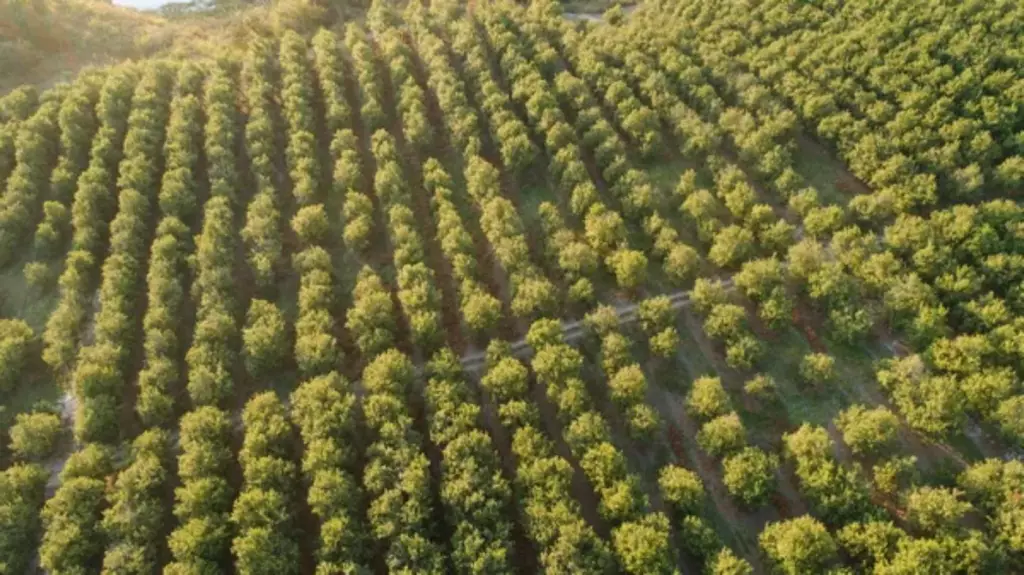
6. Macadamia trees are self-pollinating
Macadamia trees are self-pollinating, which means that they have the ability to fertilize their own flowers and produce fruit without the need for external pollinators such as bees or other insects.
This characteristic is advantageous for macadamia tree cultivation, as it reduces the reliance on outside factors for successful pollination and fruit set.
The self-pollinating nature of macadamia trees is attributed to the structure of their flowers. Macadamia flowers are perfect, meaning they contain both male (anthers) and female (stigma) reproductive organs within the same flower.
This arrangement allows for the transfer of pollen from the anthers to the stigma within the same flower, leading to successful fertilization and fruit development.
The process of self-pollination in macadamia trees begins with the release of pollen from the anthers. The pollen grains then come into contact with the stigma, either through natural movement within the flower or with the assistance of external factors such as wind.
Once the pollen reaches the stigma, it germinates and forms a pollen tube, allowing the male gametes to travel to the ovule and fertilize it, leading to the formation of the seed and subsequent fruit development.
The self-pollinating nature of macadamia trees means that growers do not need to rely on the presence of specific pollinators or undertake additional measures to ensure pollination, as is the case with many other fruit and nut tree species. This can simplify the cultivation process and reduce the costs associated with pollination management.
7. Macadamia trees are evergreen trees that can grow up to 40 feet tall
Macadamia trees can grow up to 40 feet tall, making them a substantial presence in the landscape. Their evergreen nature means that they retain their foliage throughout the year, providing a continuous lush green canopy.
The leaves of the macadamia tree are dark green and leathery, contributing to the tree's attractive appearance. The growth habit of macadamia trees is typically symmetrical and dense, creating a visually pleasing form.
The trees produce small, fragrant flowers that range in color from pink to white, adding to their ornamental value. These flowers eventually give way to the development of the prized macadamia nuts.
In addition to their commercial value, macadamia trees also provide environmental benefits. Their evergreen foliage offers shade and shelter for wildlife, and their root systems help prevent soil erosion. Furthermore, these trees contribute to the overall biodiversity of their native ecosystems.
8. Macadamia trees have a deep root system
Macadamia trees are known for their deep root system, which enables them to access water and nutrients from deep within the soil, making them well-adapted to various environmental conditions.
Their deep roots also allow them to withstand drought conditions by tapping into water sources that are beyond the reach of many other plants.
This ability to access deep water reserves helps the trees survive prolonged periods of dry weather, making them resilient in arid and semi-arid regions.
Furthermore, the deep root system provides stability and anchorage to the macadamia trees, especially in windy conditions or during heavy rains. This helps to prevent soil erosion and ensures that the trees remain firmly rooted in the ground, even in challenging weather conditions.
9. The wood of the macadamia tree is valued for its strength and durability
The wood of the macadamia tree is known for its hardness and resistance to wear, making it suitable for a wide range of uses. This unique characteristic makes it a sought-after material for various applications.
It is known to be exceptionally robust, making it suitable for applications where durability is essential. The wood's strength is attributed to its dense and tight grain structure, which contributes to its ability to withstand heavy loads and resist impacts.
In addition to its strength, the wood of the macadamia tree exhibits excellent resistance to decay, rot, and insect damage, making it a long-lasting material for construction and woodworking. This durability makes it particularly well-suited for outdoor applications, such as the construction of decks, fences, and outdoor furniture.
Furthermore, the attractive appearance of macadamia wood adds to its value. It often features a rich, warm tone and a smooth, lustrous finish, making it a desirable choice for interior woodworking projects, such as flooring, cabinetry, and decorative items.
10. The macadamia nut is named after John Macadam, a Scottish-Australian chemist and politician
The macadamia nut is named after John Macadam, a Scottish-Australian chemist and politician. John Macadam was a prominent figure in the early days of Australia's scientific and political community. He was a strong advocate for the advancement of science and education in the colony of New South Wales.
Macadamia nuts were first discovered in Australia, and it was John Macadam who identified the potential of these nuts as a valuable food source. In recognition of his contributions to the study of botany and agriculture, the macadamia nut was named in his honor.
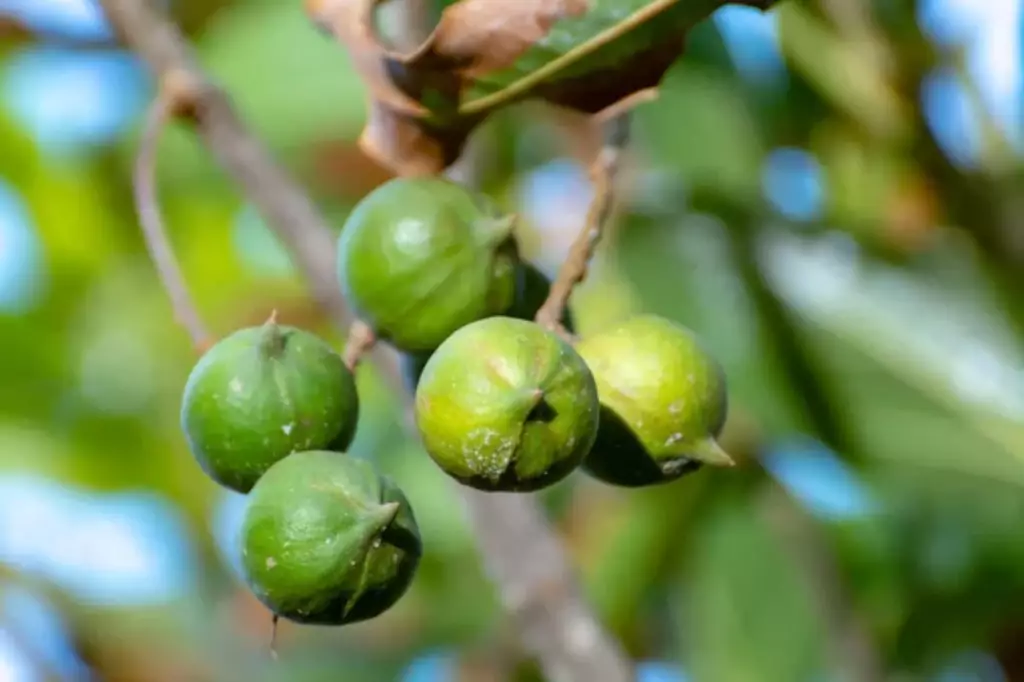
Ferdinand von Mueller, a German-Australian botanist, and colleague of Macadam, played a key role in immortalizing Macadam's name through the naming of the delectable nut. Today, the macadamia nut continues to carry the Macadam name as a fitting tribute to his remarkable contributions to botany and agriculture.
11. There are two main species of macadamia trees
Macadamia is a genus of four species of evergreen trees indigenous to Australia. These species are Macadamia integrifolia, Macadamia tetraphylla, Macadamia ternifolia, and Macadamia jansenii.
However, the most commercially important species are Macadamia integrifolia and Macadamia tetraphylla, which belong to the top 35 common nut trees that are extensively cultivated for consumption.
Macadamia integrifolia, also known as smooth-shelled macadamia, is native to the northern parts of New South Wales and the southern parts of Queensland.
It is widely cultivated in Australia, South Africa, and Hawaii. This species is valued for its sweet and flavorful nuts, which have a smooth shell and are often used in confectionery and baking.
Macadamia tetraphylla, commonly referred to as rough-shelled macadamia, is native to southeastern Queensland. It is also cultivated in Australia, South Africa, and Hawaii.
The nuts of this species have a rough shell and are known for their rich, creamy texture and slightly different flavor compared to Macadamia integrifolia.
